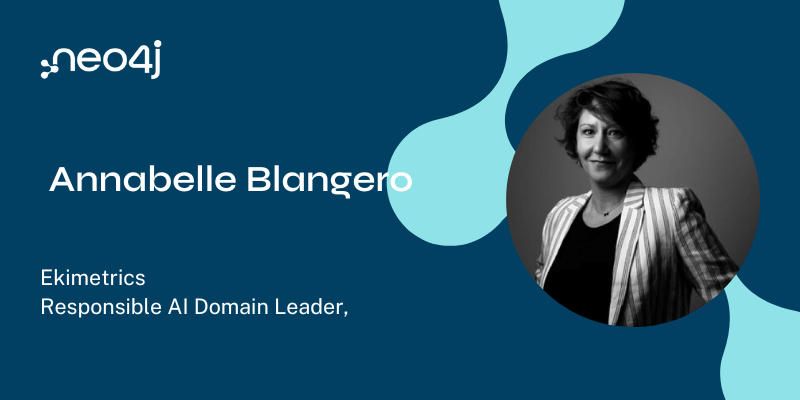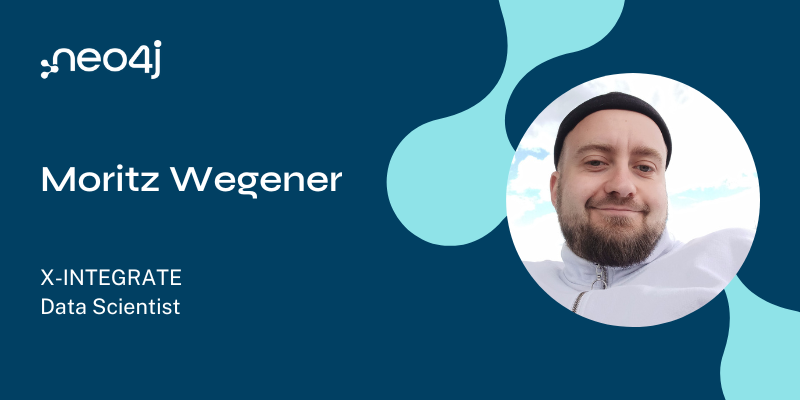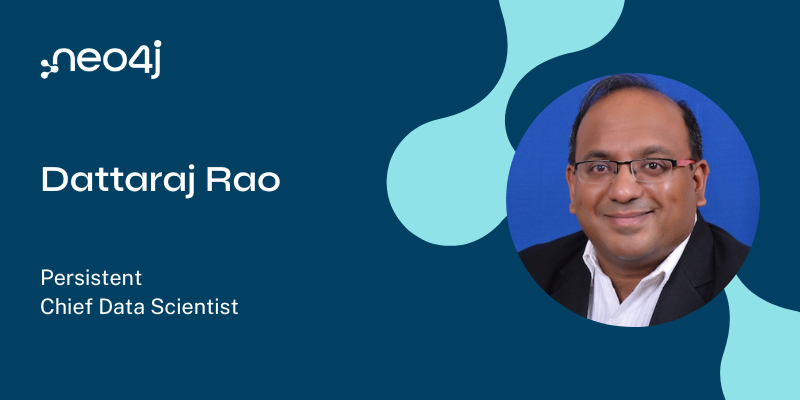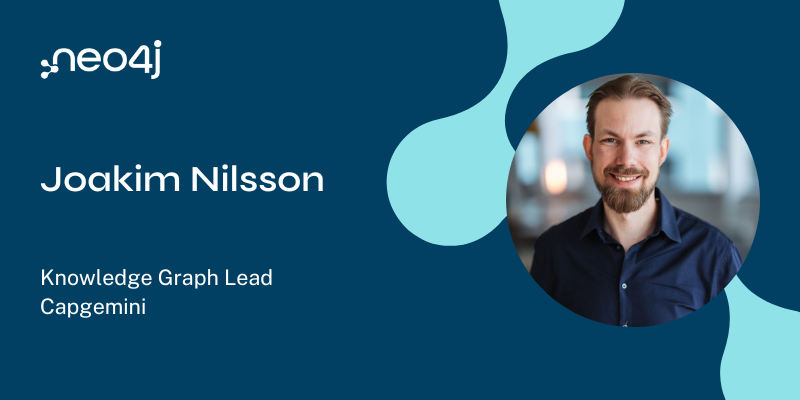This Week in Neo4j: Data Fabric, Mapping App Flaws, Changes in Cypher, Graph Data Science, Recommendations, Visualization, CloudQuery, and More

Sr. Manager, Developer Community
3 min read

This week’s newsletter features several interesting articles. Get started using graph visualization to execute security queries with “How to use CloudQuery for Attack Surface Management and Graph Visualization”, by Jason Kao blogging for the data integration platform CloudQuery. You’ll extract the data from AWS, then load it into Neo4j to create and build your own queries and relationships. Or try Gal Engelbert’s blog, “How to Automatically Map Application Flaws to MITRE ATT&CK Techniques and D3FEND Countermeasures”, demonstrating how a federated knowledge database created with Neo4j Data Fabric and NeoSemantics uncovers potential attack patterns and techniques as well as potential countermeasures.
There’s plenty more within!
Cheers,
Yolande Poirier
P.S.: If you’re a developer building modern applications with GraphQL, don’t forget to take this short, two-minute survey. We want to hear from you!
FEATURED NODES SPEAKER: Vlad Batushkov
Vlad Batushkov is the Frontend Tech Lead and Engineering Manager at Agoda, an online travel platform, and a contributing writer for the Neo4j blog. In his NODES 2022 presentation, he described the creation of Graphville, an educational platform for beginners to learn Cypher and Neo4j basics. This indie project has been in development for three years and has become a public product. He looks back to the beginning of the project and summarizes the most important aspects. Watch his talk “Creating Graphville Neo4j Educational Platform”! Connect with him on LinkedIn.

FABRIC: How to Automatically Map Application Flaws to MITRE ATT&CK Techniques and D3FEND Countermeasures
Gal Engelberg presents an ontology-driven data federation architecture. It groups discovered application flaws by attack techniques and corresponding countermeasures.
NEO4J 5: Changes in Cypher
Follow the code with Tomaz Bratanic as he explains the new Cypher syntax on a dataset he cleaned and uploaded to a GitHub repository. He covers the new inline filtering options, and new syntax for defining unique constraints, existential subqueries and count subqueries.
NODES SESSION: Fundamentals of Neo4j Graph Data Science Series 2.x – Pipelines and More
GRAPH VISUALISATION: How to use CloudQuery for Attack Surface Management
HANDS-ON: Recommendation System Using Neo4j
APP DEVELOPMENT: Mapping Neo4j OGM Query Results to DTOs & Records
INTERVIEW: Why Graph Query Language Matters
TWEET OF THE WEEK: @tlarsendataguy
Don’t forget to retweet, if you like it!
Neo4j is an easy DB for application development:
It refactors as easily as code.
Its data structures most resemble code objects
Easy to visually diagnoseIf your app needs a DB, you should consider Neo4j.
— Thomas Larsen (@tlarsendataguy) January 31, 2023
COMING UP NEXT
-
- Discover AuraDB with Michael and Alexander on February 6, 2023.
- Neo4j Live: SustainGraph – A Knowledge Graph for Sustainable Development on February 8, 2023.
-
Meetup: Graph Databases in Action Meetup
on February 8, 2023. -
Going Meta – A Series on Graphs, Semantics and Knowledge Ep. 13
on February 9, 2023.








